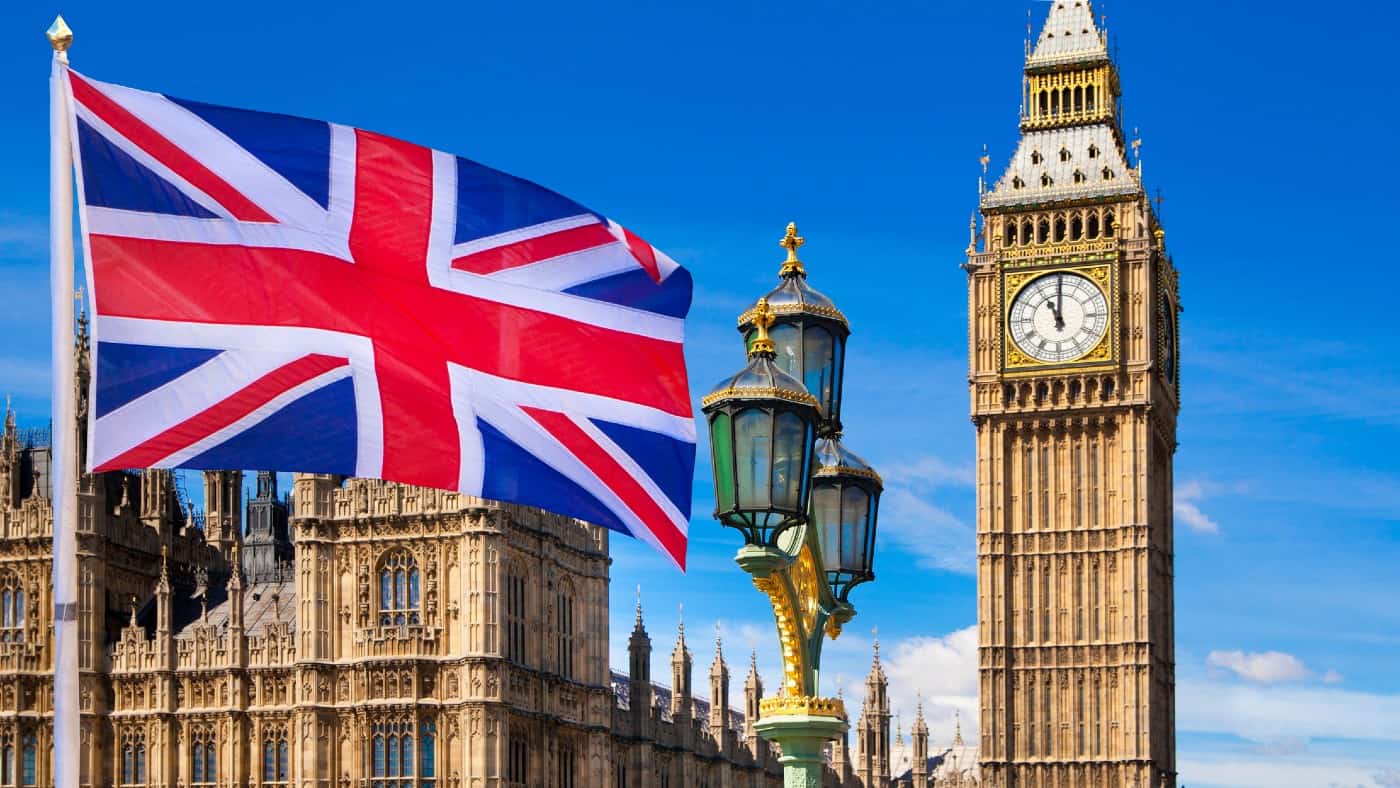
Image source: Getty Images
Shares in FTSE 250 fast-food retailer Greggs (LSE: GRG) have enjoyed a meteoric rise over the past five years.
Powered by a seemingly insatiable demand for its steak bakes and sausage rolls, among others, the stock has soared 150% since then.
However, since their 20 September 12-month traded high of £32.24, the shares have lost 11%. So, does this represent a golden opportunity to buy into a Great British success story at a knockdown price?
Are the shares undervalued?
My first step to ascertain whether the shares are genuinely underpriced is to look at key stock valuation measures.
I usually start with the price-to-earnings ratio (P/E) and on this Greggs currently trades at 20.6. The average P/E of its competitor group is 25.1, so it looks significantly undervalued on that basis.
These peers consist of J D Wetherspoon at 17.9, Whitbread at 19.5, McDonald’s at 26.8, and Mitchells & Butlers at 36.1.
Greggs looks even more undervalued on the key price-to-sales ratio (P/S). It presently trades at 1.5 compared to its competitors’ average of 2.9.
So the shares do indeed look underpriced to me at their current £28.69 level.
How do recent results look?
Third-quarter results evidently disappointed many investors as the share price fell 5% when they were released on 1 October.
I thought the market reaction was way overdone. Yes, like-for-like sales in the period were lower than the 7.4% rise in H1. But they were still up 5%! The period also coincided with rioting in several locations serviced by Greggs, as it highlighted in the results report.
The firm has also managed to open a net 86 shops year-to-date and is on track to open 140-160 in total this year.
Its H1 results showed underlying pre-tax profit up 16.3% to £74.1m, with total sales up 13.8% to £960.6m. Underlying diluted earnings per share rose 15% over the period to 53.8p.
A risk for Greggs is a resurgence in the cost-of-living crisis that might dent its customer spending over several quarters.
However, consensus analysts’ estimates are that its earnings will grow by 7.5% every year to the end of 2026.
Will I buy the shares?
I have focused on buying undervalued high-quality, high-yielding shares since I turned 50 a while back. The aim of this is to generate sufficient dividend income for me to continue to reduce my work commitments.
Greggs is certainly undervalued as far as I am concerned, so it meets the first criterion. It is also high-quality, with good earnings growth both behind and ahead of it, I think – so it meets the second one too.
It is on the third where it falls down for me. Last year, it paid a total dividend of 102p, including a special payment of 40p. With this included, it yields 3.6% on its current £28.69 share price. Excluding this payment, it yields 2.2%.
Analysts forecast that the yield will rise to 2.7% in 2025 and to 2.9% in 2026, excluding special payments.
This is nowhere near the 9% average annual yield I receive from my core high-yield stocks. So Greggs is not for me at my present phase in the investment cycle.
However, if I were at an earlier stage – even 10 years younger – I would buy it for its excellent growth prospects and significant undervaluation.













